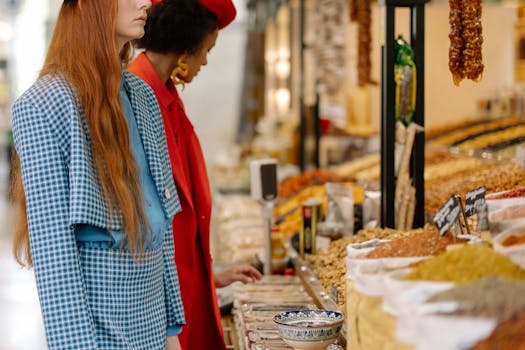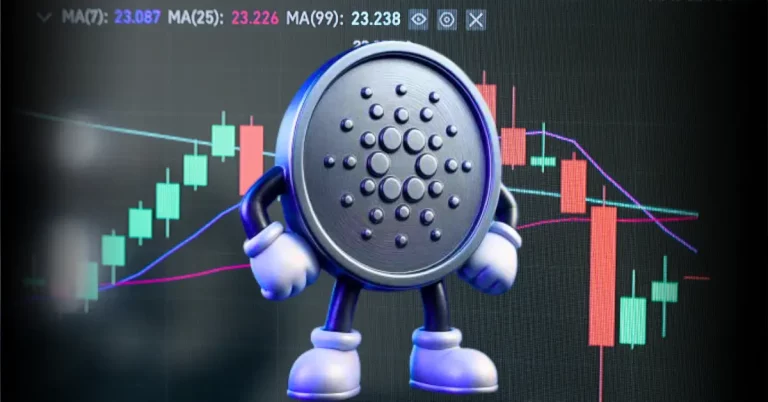
Culinary Adventures: Exploring Europe’s Food Scene in 2025
Culinary Adventures: Exploring Europe’s Food Scene in 2025 is an exciting journey that awaits travelers and food enthusiasts. With its rich history, cultural diversity, and geographical variety, Europe offers a unique and dynamic food scene that is constantly evolving. In this article, we will delve into the world of European cuisine, exploring the traditional dishes, modern twists, and ingredients that shape the continent’s culinary identity.
Introduction to European Cuisine
European cuisine is a broad term that encompasses a wide range of cooking styles, ingredients, and techniques. From the Mediterranean diet to Nordic cuisine, each region has its own distinct flavor profile and culinary traditions. The continent’s food scene is influenced by its history, geography, and cultural exchange, resulting in a diverse and vibrant culinary landscape.
Some of the most popular European cuisines include Italian, French, Spanish, and Greek, each with its own unique characteristics and specialties. Italian cuisine is known for its pasta dishes, pizzas, and risottos, while French cuisine is famous for its haute cuisine, fine wines, and delicate pastries. Spanish cuisine is characterized by its tapas culture, seafood, and rich sauces, while Greek cuisine is renowned for its grilled meats, fresh vegetables, and tangy tzatziki sauce.
Modern Twists and Trends
In recent years, European cuisine has undergone a significant transformation, with modern twists and trends emerging across the continent. The rise of plant-based diets, veganism, and sustainability has led to a surge in innovative and eco-friendly restaurants, cafes, and food trucks. Chefs are now experimenting with new ingredients, techniques, and presentation styles, creating a fresh and exciting food scene.
Some of the most notable trends in European cuisine include the use of local and seasonal ingredients, foraging, and fermentation. Restaurants are now focusing on reducing food waste, using nose-to-tail cooking, and incorporating wild and foraged ingredients into their menus. The rise of social media has also influenced the food scene, with visually appealing dishes and Instagram-worthy presentation becoming increasingly important.
Exploring Europe’s Food Scene
Europe’s food scene is a treasure trove of flavors, ingredients, and culinary traditions. From the snow-capped mountains of Switzerland to the sun-kissed beaches of Portugal, each country and region has its own unique food culture. Travelers can explore the continent’s food scene by visiting local markets, trying street food, and dining at traditional restaurants and modern eateries.
Some of the most famous food destinations in Europe include Paris, Rome, Barcelona, and Amsterdam. These cities offer a wide range of culinary experiences, from fine dining to casual eateries, and from traditional cuisine to modern fusion. Visitors can also explore the continent’s wine regions, such as Bordeaux, Tuscany, and Rioja, and sample some of the world’s best wines and cheeses.
Conclusion
In conclusion, Culinary Adventures: Exploring Europe’s Food Scene in 2025 is a journey that awaits travelers and food enthusiasts. With its rich history, cultural diversity, and geographical variety, Europe offers a unique and dynamic food scene that is constantly evolving. From traditional dishes to modern twists, the continent’s culinary identity is shaped by its ingredients, techniques, and cultural exchange. Whether you’re a foodie, a traveler, or simply a curious explorer, Europe’s food scene has something to offer everyone.






